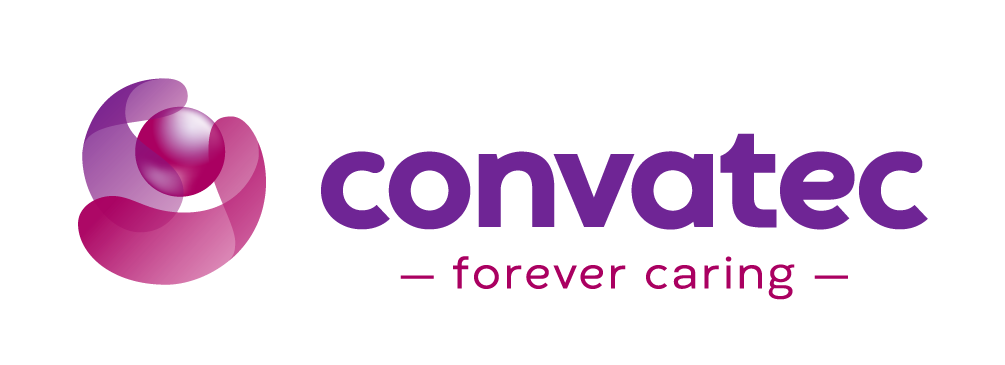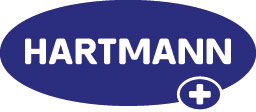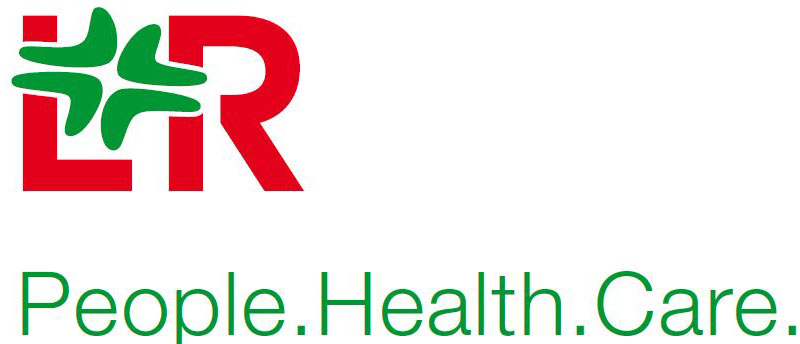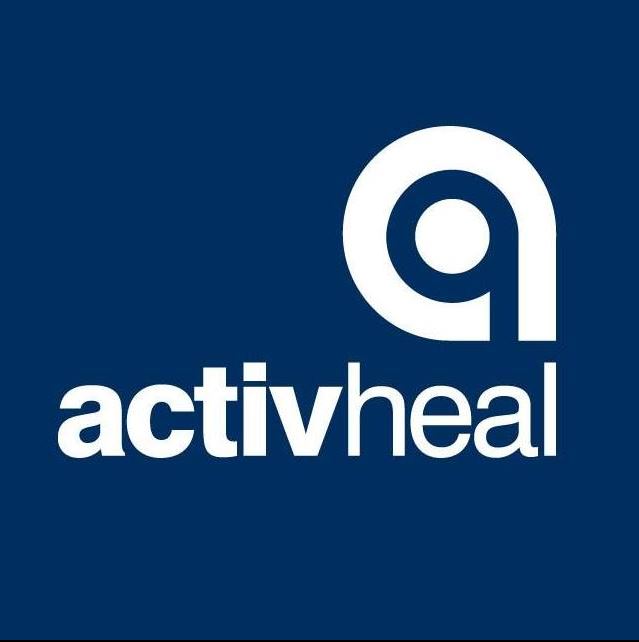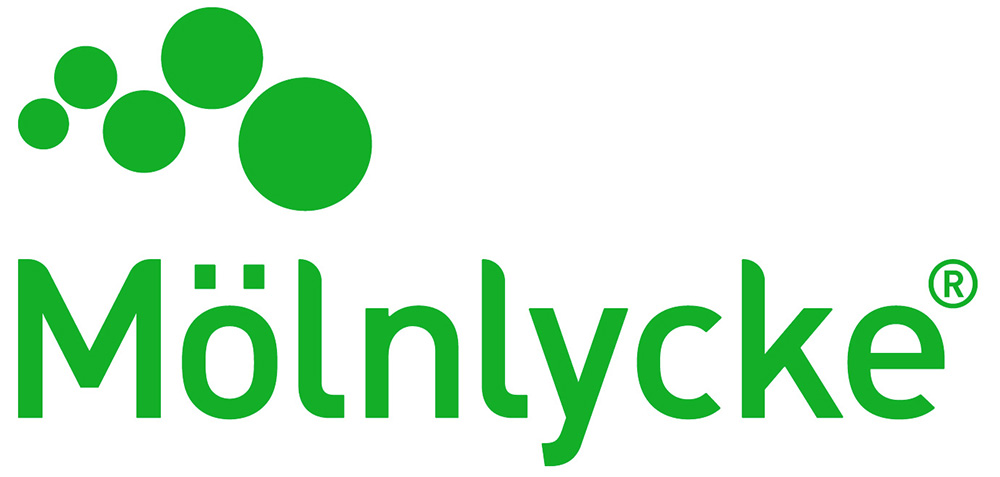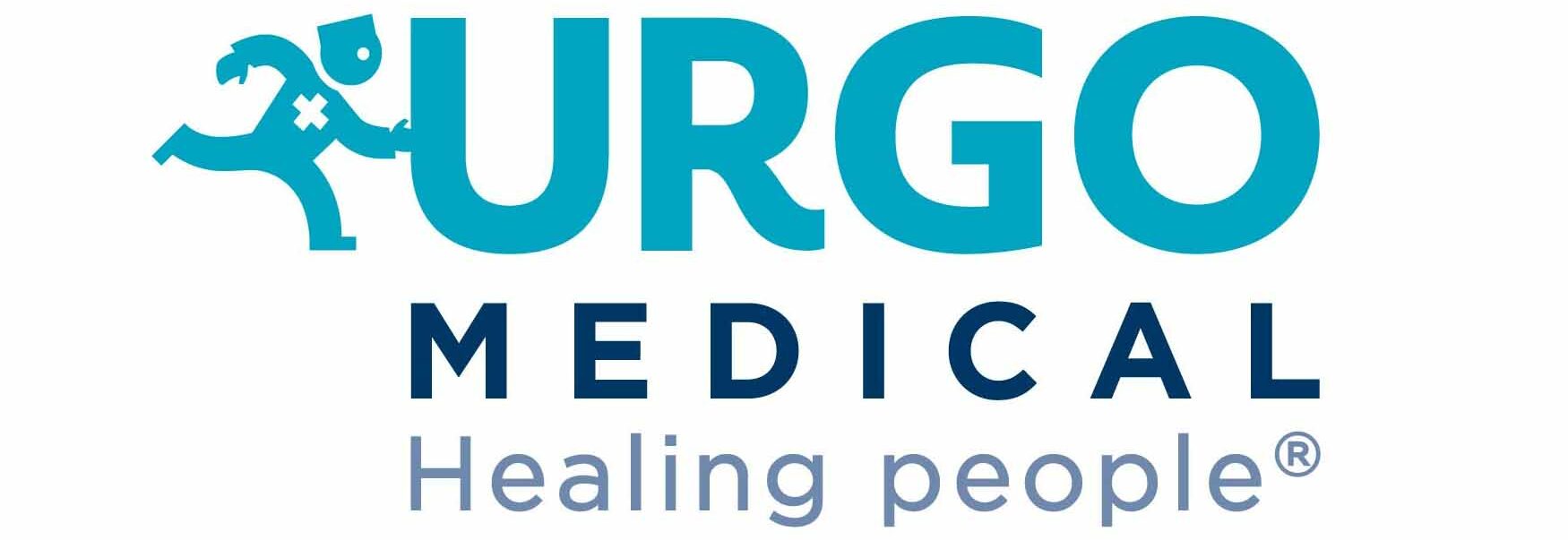Lisa Hill
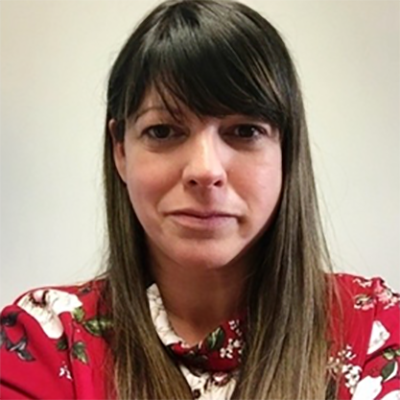
Lisa qualified as an adult nurse in 2006 and began her nursing career working as a staff nurse on the Trauma and Orthopaedic HDU Intensive Care. From there Lisa went on to work and gain experience on intensive care for Adults, Paediatrics, and also Neonatal Intensive Care. Lisa first joined the Tissue Viability Service at Leeds Teaching Hospitals NHS Trust in 2010 as a Tissue Viability Negative Pressure CNS, and in 2016 became a Band 7 Tissue Viability CNS. In November 2017 Lisa was successfully appointed as the Lead Nurse for the Tissue Viability Service at LTHT.
Prior to starting her nursing career, Lisa worked in the pharmaceutical industry for 8 years after completing a science degree. It was during this time she worked closely with healthcare professionals and nurses in particular, which prompted her to retrain as a nurse. With a passion for wound care and skin integrity, inspired from her first nursing post in Trauma and Orthopaedics Lisa has also gone on to complete a post graduate certificate in Tissue Viability from the University of Bradford
Passionate about patient safety, pressure ulcers and complex wound care, Lisa has been instrumental in leading the quality improvement work at LTHT, understanding the learning and actions from patient harms to help support pressure ulcer improvement work which has had a positive impact on PU rates at LTHT.
Workshop at The Society of Tissue Viability 2025 Conference
Tips and tricks with Negative Pressure Wound Therapy – getting your confidence back
Objectives
This workshop is aimed at healthcare professionals who currently use NPWT in their practice to increase confidence in decision-making and troubleshooting common practical challenges.
- To review the mechanisms of action and the therapeutic goals for Negative Pressure Wound Therapy for open and closed wounds
- To be confident in decision-making of initiating NWPT and also to recognise when to discontinue therapy to ensure optimal patient outcomes
- To have hands-on practice using a range of NPWT devices and disposables, and to workshop common challenges when using NPWT in clinical practice

